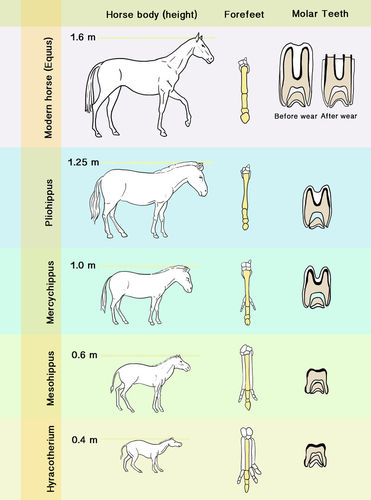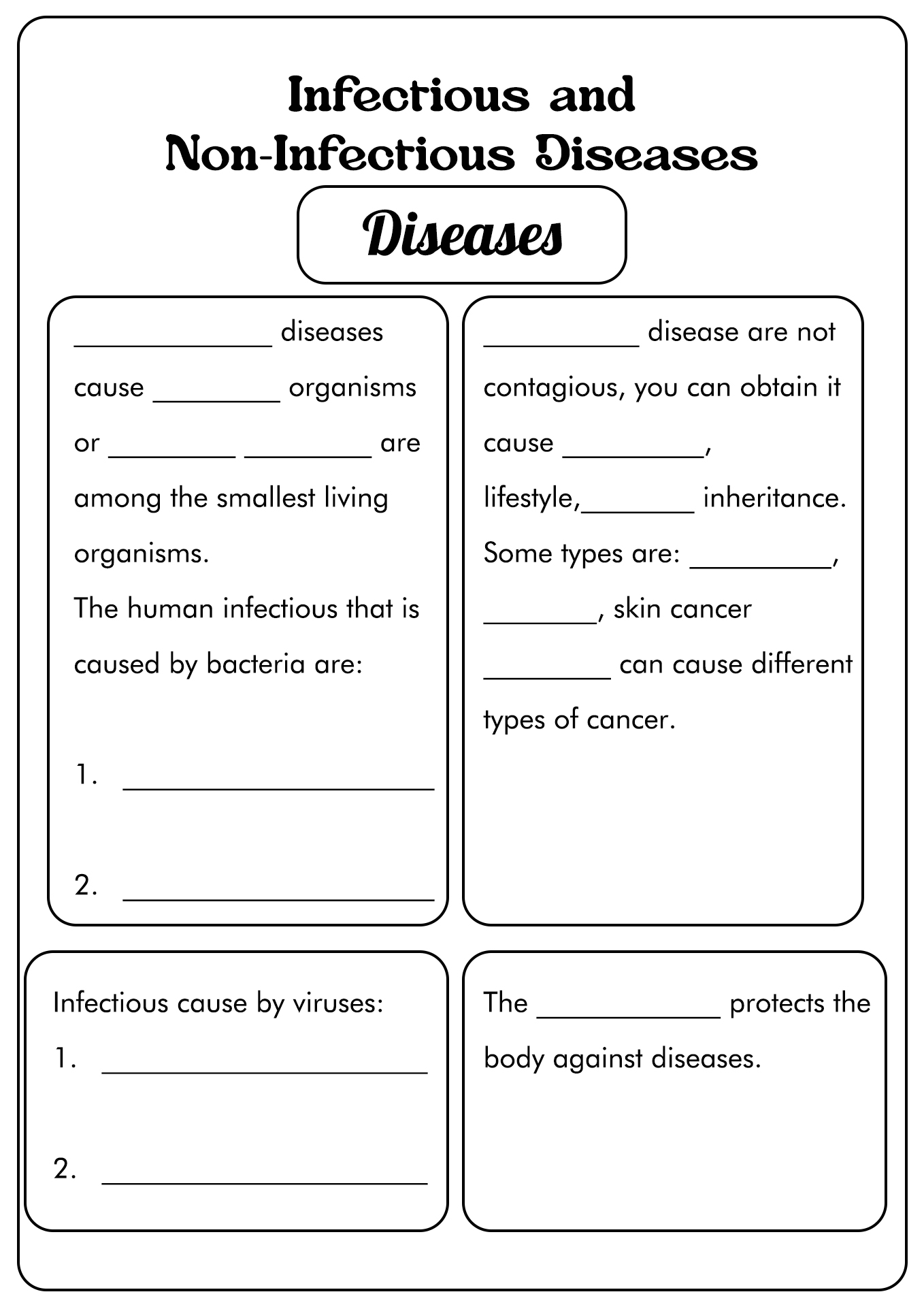Do you interested to find 'student worksheet additional case study evolution of the horse'? Here you can find the questions and answers on the subject.
Table of contents
- Student worksheet additional case study evolution of the horse in 2021
- Why would changes in the environment have caused changes in the horses’ predators?
- Evolution of horse diagram
- Evolution of horse ppt
- Evolution of the horse worksheet answer key
- What changes in vegetation could have caused the evolution of the horse?
- Evolution of horse notes
- Horse evolution stages
Student worksheet additional case study evolution of the horse in 2021
 This picture representes student worksheet additional case study evolution of the horse.
This picture representes student worksheet additional case study evolution of the horse.
Why would changes in the environment have caused changes in the horses’ predators?
 This image illustrates Why would changes in the environment have caused changes in the horses’ predators?.
This image illustrates Why would changes in the environment have caused changes in the horses’ predators?.
Evolution of horse diagram
 This picture illustrates Evolution of horse diagram.
This picture illustrates Evolution of horse diagram.
Evolution of horse ppt
 This image representes Evolution of horse ppt.
This image representes Evolution of horse ppt.
Evolution of the horse worksheet answer key
 This picture illustrates Evolution of the horse worksheet answer key.
This picture illustrates Evolution of the horse worksheet answer key.
What changes in vegetation could have caused the evolution of the horse?
 This image representes What changes in vegetation could have caused the evolution of the horse?.
This image representes What changes in vegetation could have caused the evolution of the horse?.
Evolution of horse notes
 This picture illustrates Evolution of horse notes.
This picture illustrates Evolution of horse notes.
Horse evolution stages
 This picture illustrates Horse evolution stages.
This picture illustrates Horse evolution stages.
How is the Equidae used as a case study?
Students explore changes in biodiversity through time using one group of animals, the Equidae, as a case study. They will use data to investigate the relationship between environmental conditions and Equidae morphology, diversity, and distribution through time.
What was Marsh's conclusion about the evolution of horses?
In addition, Marsh’s (1874) conclusion that “the remains now known supply every important form” proved to be over-optimistic. However, the evidence was enough by 1873 to convince Huxley that the center of horse evolution throughout the Tertiary had been North America, not Europe.
Who is the author of the evolution of the horse?
THE EVOLUTION OF THE HORSE: History and Techniques of Study © 2008 by Deb Bennett, Ph.D. This paper represents an upgrade and expansion of “The Evolution of the Horse” that originally appeared in The Elsevier World Animal Science Encyclopedia (Volume C7, Horse Breeding and Management, J. Warren Evans, ed., 1992, pp. 1-37) HISTORICAL INTRODUCTION
When did Huxley start studying the evolution of the horse?
Palaeotherium(Cuvier, 1825), Anchitherium(Cuvier, 1825) of the Oligocene Epoch, and Hipparion(de Christol, 1832) of the Miocene. In 1872, Huxley began to popularize the idea that these forms, whose bones are contained in successive stratigraphic layers, constituted a lineage showing “parental descent.”
Last Update: Oct 2021
Leave a reply
Comments
Tylynn
22.10.2021 09:42Research paper on Milk controversy analysis dingle case study dweeb tips to composition a great essay comparison essay spm student worksheet additive case study development of the cavalry.